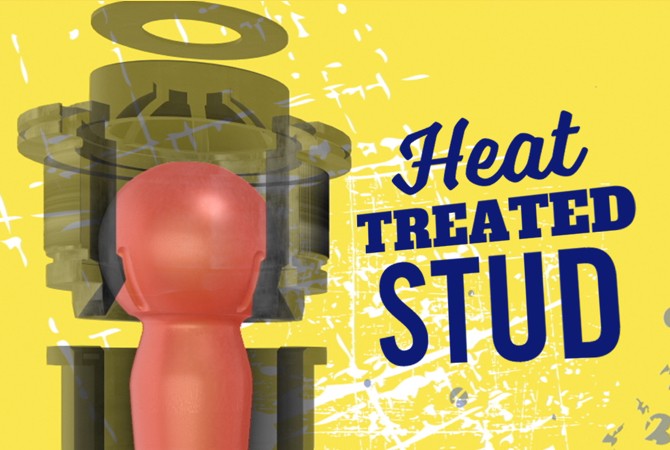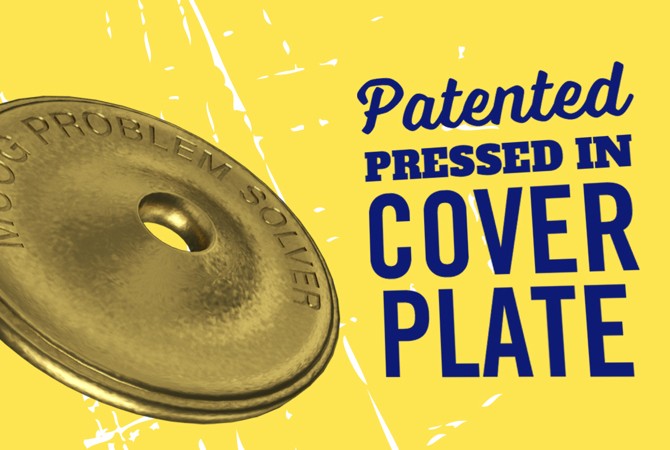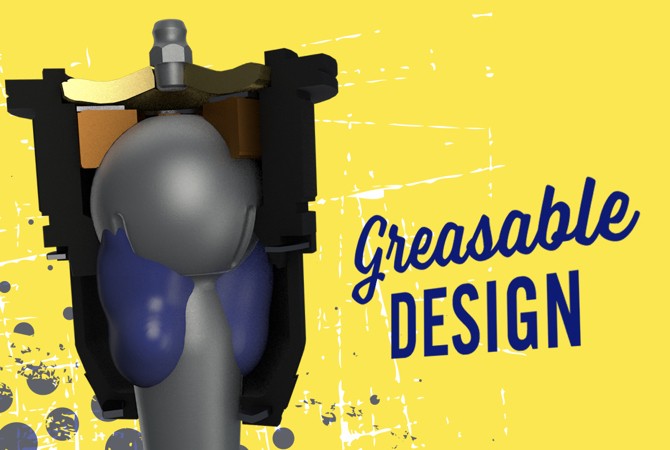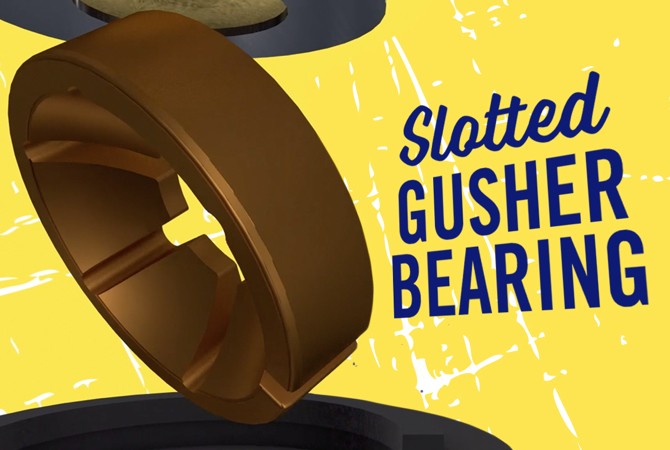Getting the Job Done Right
A key part of a car’s suspension system, tie rods are susceptible to premature failure if they aren’t installed correctly. Read on to learn a couple of important tips for installing MOOG® tie rod ends.
Center the Stud in the Socket
When installing a tie rod end, it is important to keep the stud centered in the socket. The steering linkage naturally wants to twist as the vehicle is driven down the road, moving the stud side-to-side in the socket. During installation, the stud starts out all the way to one side and as the linkage twists, it loosens the stud in the socket. Results of this can include excess play, clunking noise and premature failure. By keeping the stud centered in the socket, you can prolong the life of the tie rod end.
Torque the Nut to Manufacturer Specifications
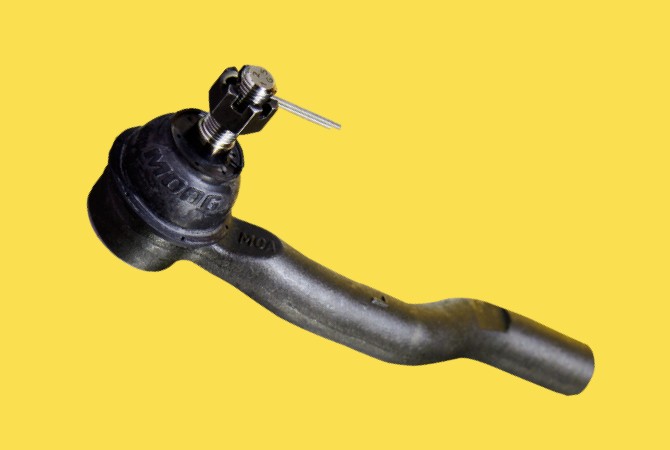
Many modern suspension systems use aluminum steering knuckles, resulting in a steel stud being tightened into an aluminum knuckle. When installing the tie rod end nut into the knuckle, it is important to torque the nut to manufacturer specs and avoid overtightening the nut.
If the nut is overtorqued, it will deform the knuckle. As the knuckle deforms, it can cause vibrations which can damage the socket bearing, wearing it out over time. To avoid problems, be sure to torque the tie rod end nut to manufacturer specifications.
What Are The Advantages of MOOG Tie Rod Ends?
Featuring problem-solving innovations for long life and increased durability, MOOG takes pride in being called The Problem Solver. These advancements lead to long-lasting tie rod ends that are designed, tested and manufactured for easy installation and perfect fit right out of the box.
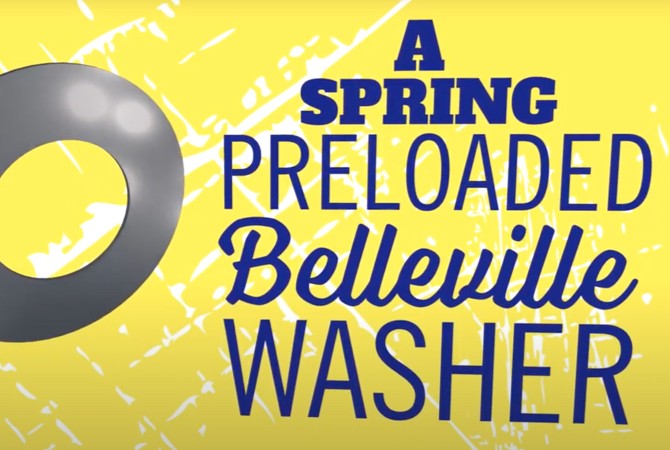
Belleville Preload Washer
Belleville preload washer helps eliminate spring bind and shattering during shock load (where applicable)
Learn more about premium steering and suspension parts, find your car part, or find where to buy your auto part today.
The content contained in this article is for informational purposes only and should not be used in lieu of seeking professional advice from a certified technician or mechanic. We encourage you to consult with a certified technician or mechanic if you have specific questions or concerns relating to any of the topics covered herein. Under no circumstances will we be liable for any loss or damage caused by your reliance on any content.
